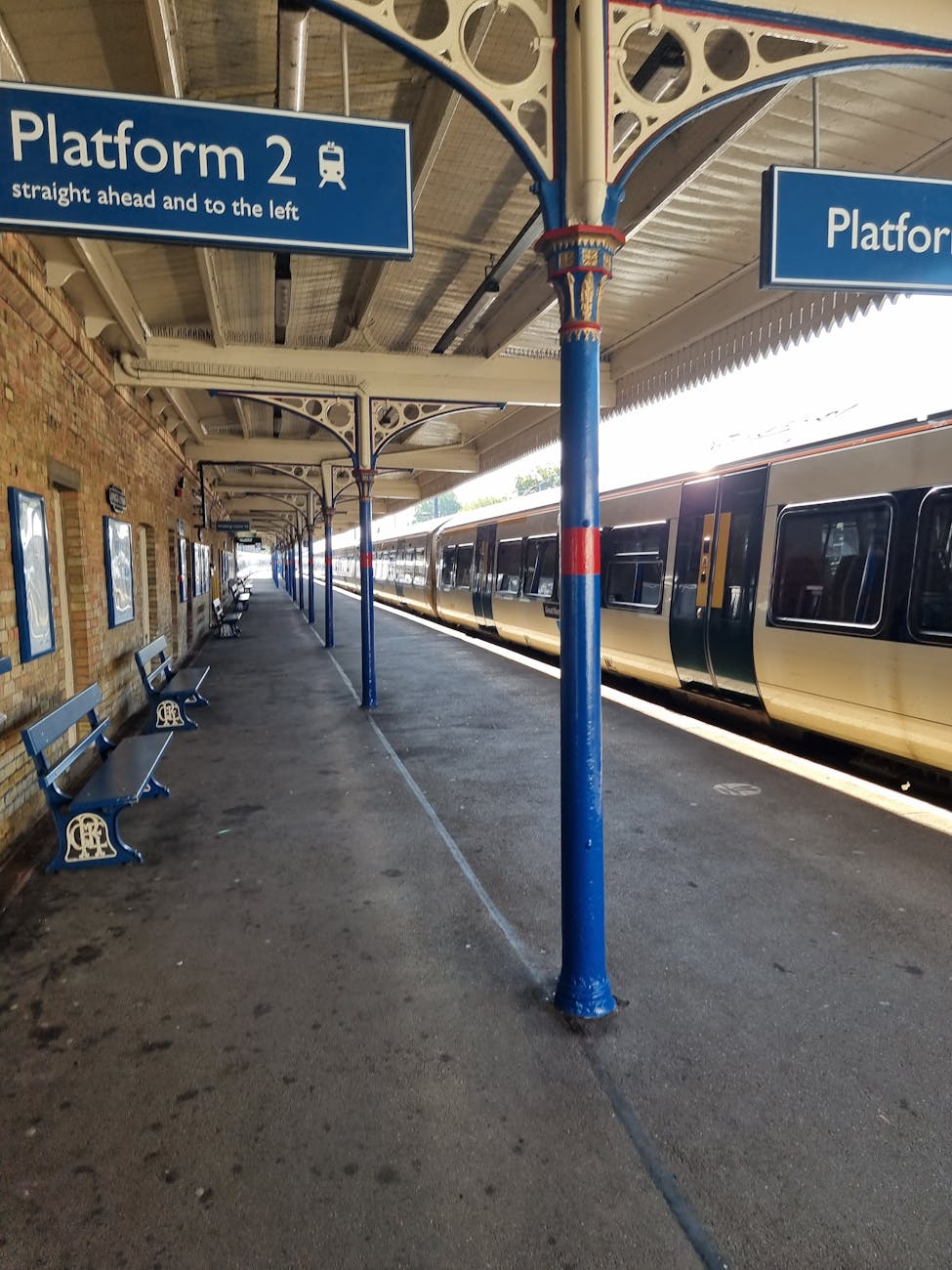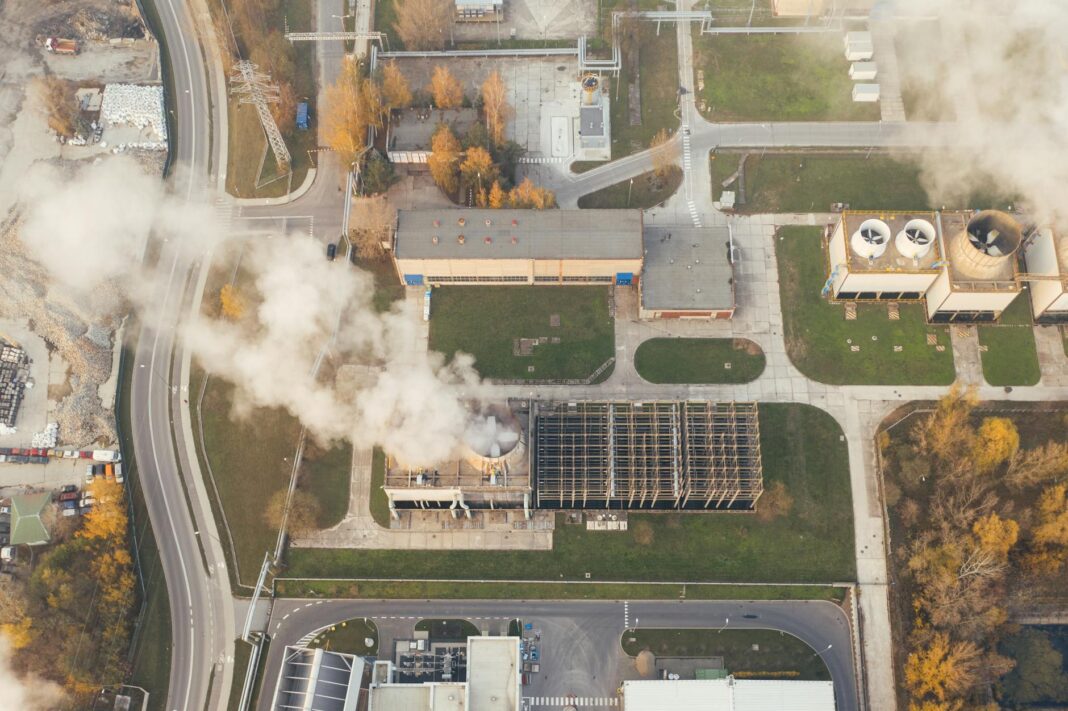Close Call Between Spirit Airlines and Air Force One
In a recent incident that raised eyebrows in the aviation community, a Spirit Airlines pilot found himself in hot water with air traffic control. The event unfolded as Air Force One, the official aircraft of the President of the United States, was in the vicinity. The pilot’s delayed responses during this critical time did not sit well with air traffic controllers, who quickly intervened to address the situation.
The Incident Explained
As Air Force One approached, the Spirit Airlines pilot was reportedly slow to communicate with air traffic control. This lapse in responsiveness could have had serious implications, especially given the stature of the aircraft involved. Air traffic control is tasked with maintaining the safety and efficiency of airspace, and the presence of Air Force One demands heightened awareness from all nearby pilots. The reprimanding of the Spirit pilot serves as a reminder of the strict protocols in place to ensure air safety.
Under Pressure: The Role of Air Traffic Control
Air traffic controllers are the unsung heroes of aviation, managing the flow of air traffic and making split-second decisions that can mean the difference between safety and disaster. When the Spirit Airlines pilot’s communication faltered, controllers stepped in, emphasizing the importance of maintaining situational awareness, especially with high-profile aircraft like Air Force One in the airspace. The incident underscores the pressure that pilots face and the critical role of air traffic control in mitigating risks during such high-stakes situations.
The Bigger Picture
This incident isn’t just a one-off event. It highlights the complexities of modern air travel where commercial flights, military operations, and government flights often intersect. The aviation industry is governed by rigorous safety standards, and every pilot is trained to prioritize communication with air traffic control. When those protocols are breached, it raises concerns about the overall safety culture within the airline involved. The Spirit Airlines pilot’s reprimand serves as a wake-up call for all pilots to remain vigilant and responsive, particularly in crowded airspaces.
Conclusion
In the end, this close call between a low-cost airline and the President’s aircraft serves as a stark reminder of the high stakes involved in aviation. The repercussions of this incident will likely resonate throughout the industry as airlines and pilots review their communication protocols and emergency procedures to prevent future mishaps. Aviation is a team sport, and everyone needs to be on their game.
Questions
What protocols should pilots follow when high-profile aircraft are nearby?
How do air traffic controllers manage communication in busy airspaces?
What lessons can be learned from this incident to improve aviation safety?




